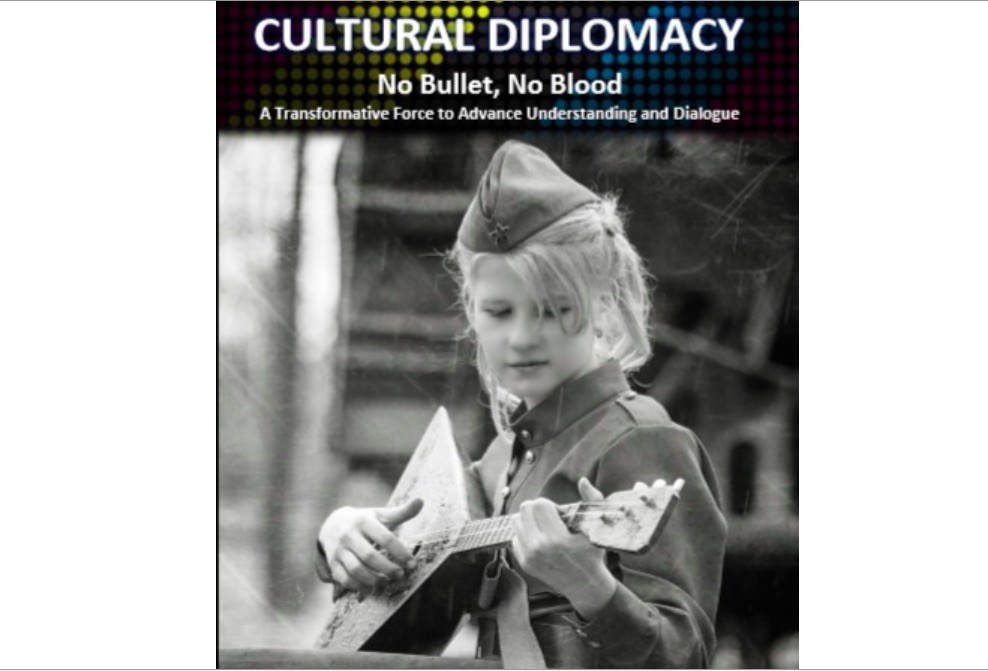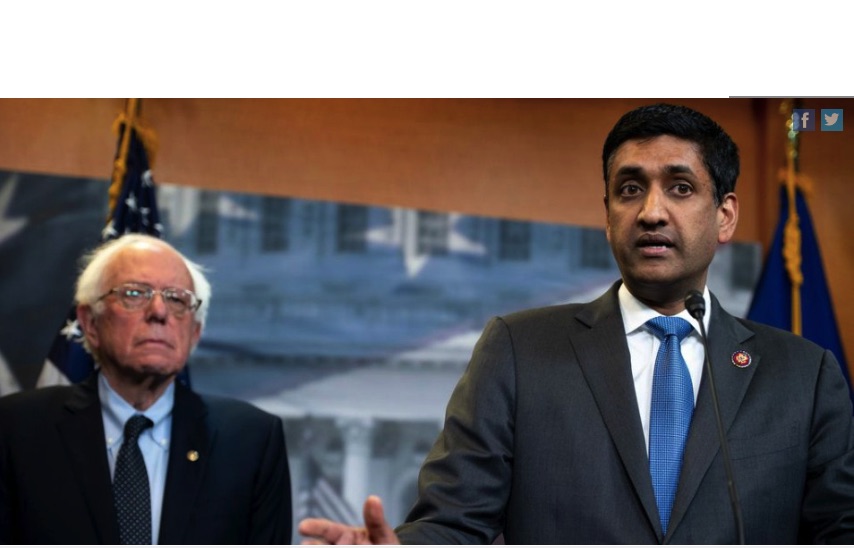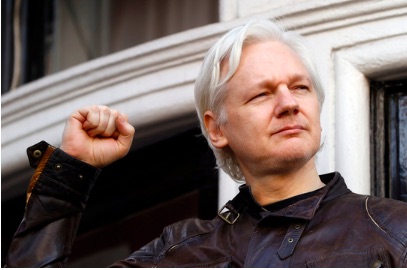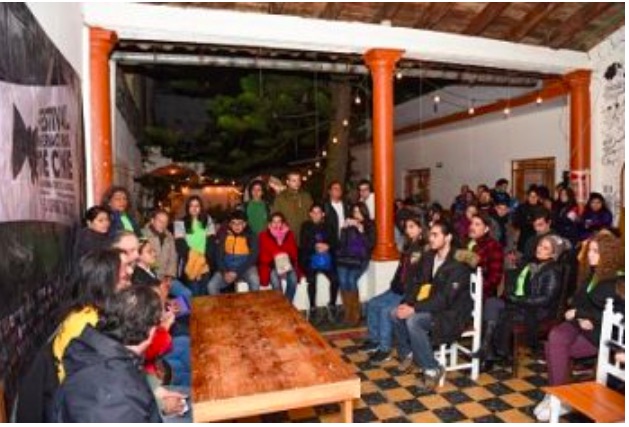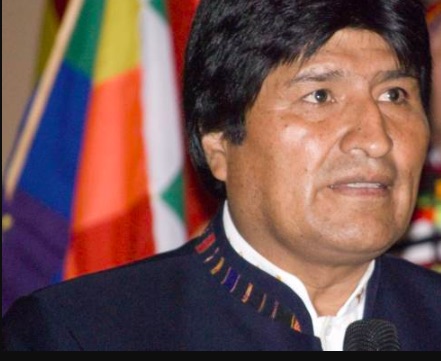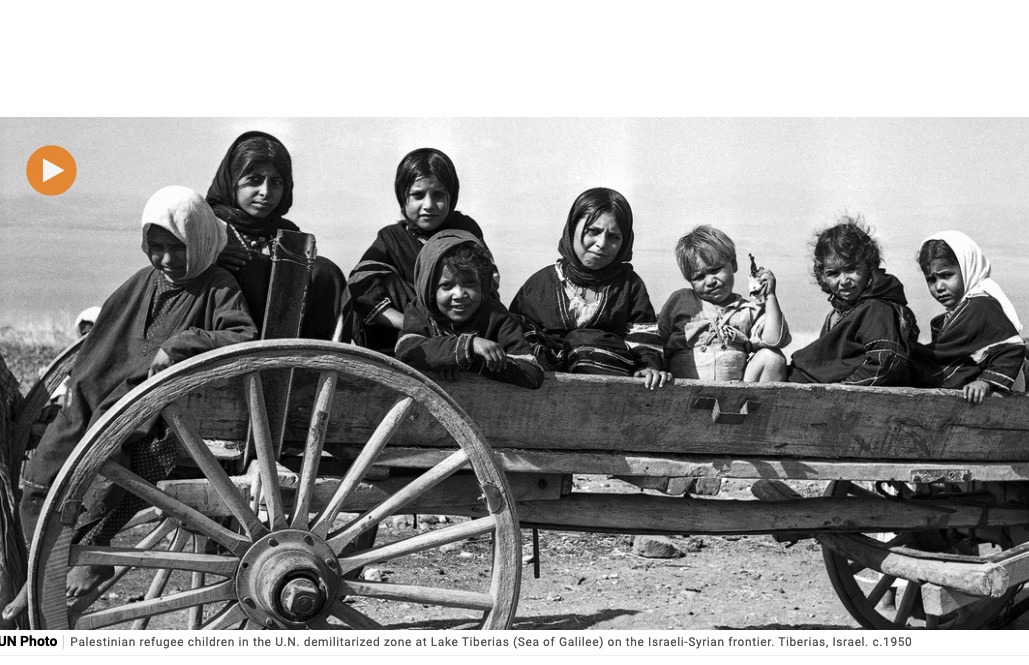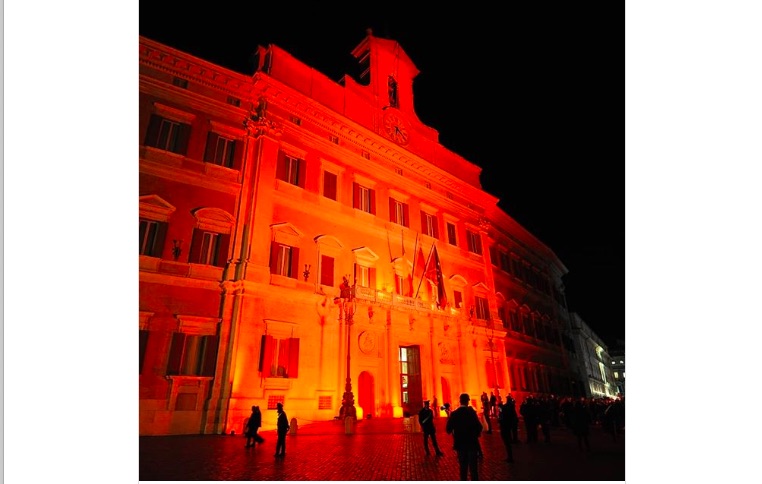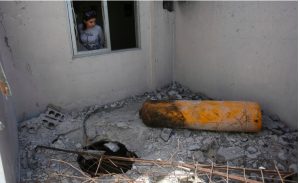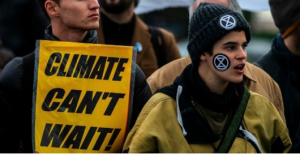.. EDUCATION FOR PEACE ..
An article from El Dia
After spending the Christmas holidays and those of Reyes approaching, as an expert in Alternative Conflict Resolution and Mediation, I invite parents to purchase peace toys for the entertainment, recreation and reflection for children and adolescents in the coming Kings Day.
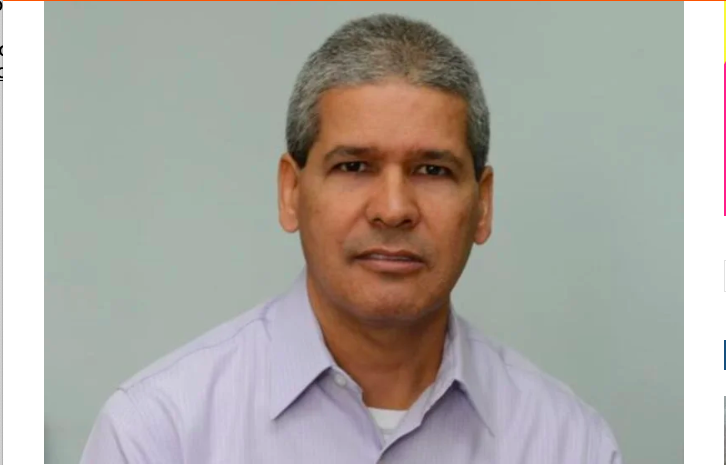
Alexis Peña Céspedes, special event guest.
It all started through a campaign in 1999, at the initiative of civil society organizations and the Attorney General’s Office of the National District, so that the family should not give games to their infants that incite violence and aggression in the community, school and family.
The “Let’s play for peace … with life toys” campaign influenced the owners of toy companies to avoid traditional violent games; such as guns, submachine guns, tanks of wars; which have an impact so that the minor can learn from them to handle conflicts aggressively.
I have argued that to prevent domestic violence, the “Christmas Campaign Give Toys of Life”, can help initiate a process of awareness among citizens to promote a “culture of peace” through the media and a wide range of activities in the communities.
It is unfortunate that adults (fathers / mothers, parents, teachers and tutors) have favored a culture of violence due to their ignorance in relation to toys. In addition, this has a strong unfavorable influence on the harmonious development of minors. It is the population of “adults” that most often buys war toys.
This campaign invites the promotion of greater awareness among fathers, mothers, adults and family groups, of the need to promote a climate of harmony and peace within the family to foster a culture of Peace, discarding every type of domestic violence.
I congratulate the importing entrepreneurs, since they are aware thanks to the Let’s Play Peace campaign, where personalities from journalism, arts, social leaders and entrepreneurs have been empowered together to promote a culture of peace in the Dominican Republic.
What boys and girls learn with toys
As an expert in conflict mediation, I understand that minors require age, play and recreation. The toys used by the boy, girl and adolescent can influence the type of person that they will be when adult.
(continued in right column)
(Click here for the Spanish original of this article)
Do war toys promote the culture of war?
(continued from left column)
I recognize that forever, boys and girls of all ages and all peoples have played, responding to the need for activity, the need to move, browse, to pick up objects that are close to them, manipulating and experimenting with them.
I understand that as the boy, girl and teenager develop, the game changes. According to their stage of development, the young person may substitute real action for imaginary action, creating a world to suit him, between his imagination and the world of adults, to which he wants to belong.
It is through play that the child can express himself and communicate freely. As the girl and the boy grow older, they will adapt their game to that of others, taking common symbols and rules that will respect, exercising their capacity for self-control and autonomy and thus be peaceful and tolerant people with others.
From this approach, the game, in addition to being the activity that gives the child the most pleasure, helps him to develop all his psychic, physical and social functions, allowing him to get to know the outside world better and become aware of the role he will play and affirm his own particular personality.
In general we need to respect the time and space for the child’s play and be very aware of the role it has in his personality development. We need to take into account that through toys we can channel negative energies towards the positive one that the human being possesses.
In the first 18 months of development of the minor, his reality is seen through the senses and at the same time, is seen acting on it. He does activities with a pacifier, moving with dolls, stuffed animals and crafts.
We should encourage toys that motivate construction, that motivate children to be aware of the nature of their context and games that encourage cooperation in the community, family, school, club and churches.
Through play, children tend to achieve a peaceful organization, management and resolution of conflicts; as well as valuation of the environment, cooperation, solidarity, teamwork and, above all, understanding of rules and respect. In addition, attention and creativity can be positive results of games.
I suggest that in these times of violence and aggressiveness in school and school, it is possible to promote a culture of peace and coexistence through toys. For example, the educational entity can build a mural with student participation where the values of peace are contemplated, recognizing the heroines and heroes of peace in humanity and the country.
I also recommend encouraging the educational community to work in teams, cooperation and communication as effective tools to solve and improve coexistence in school or college.
Also as some school have found, you can use recycling material to build toys.
The school can also promote the reading of stories, fables, stories that promote peace as a value for living together and for personal development. We may encourage in addition, that at Christmas parties and kings, cildren can write to the child Jesus and the kings about their lives and requests for games.
Parents can exchange violent toys for life toys through neighborhood and church organizations. These activities are supported by the Ministries of Education, Culture and Sports.
